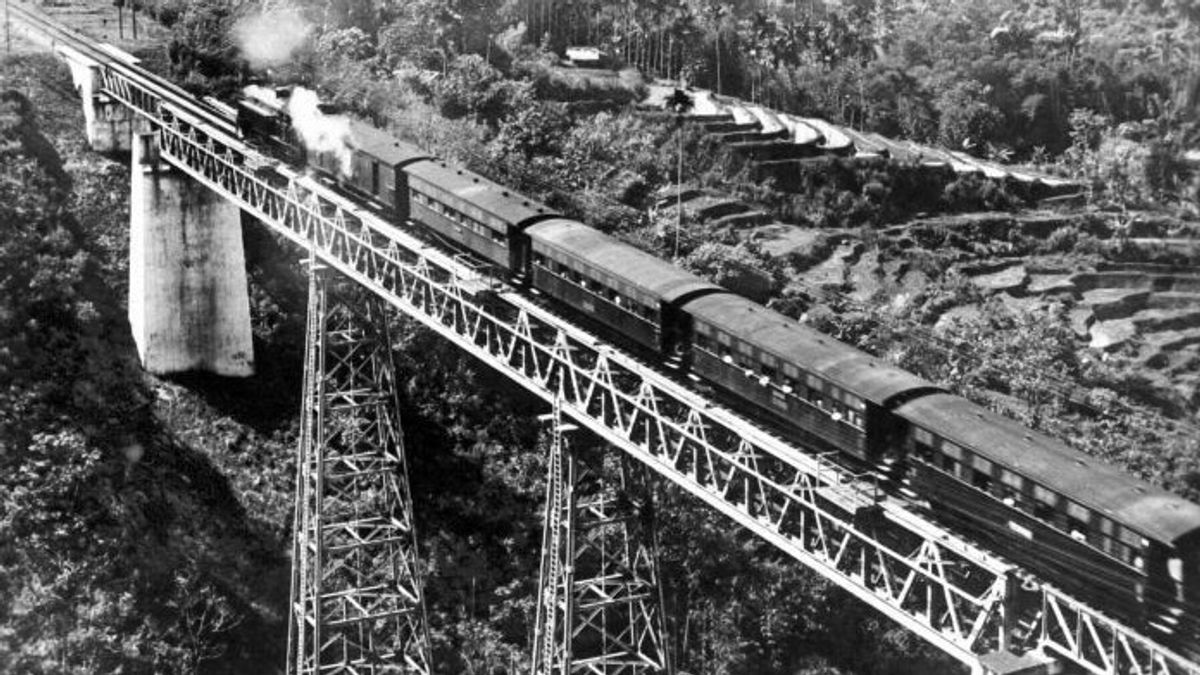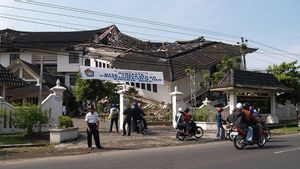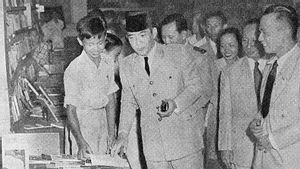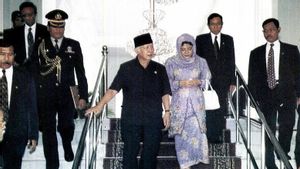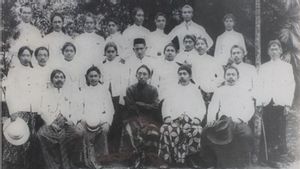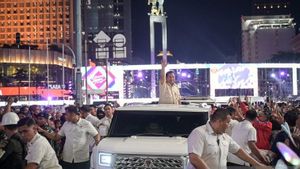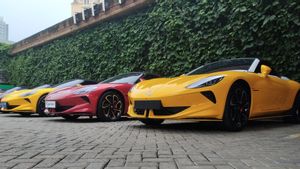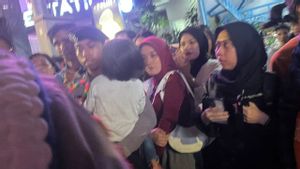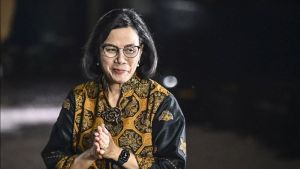JAKARTA - The train was able to become the prima donna transportation in the Dutch East Indies era. The Nusantara side also took full advantage of it. From the Dutch to the natives. However, that does not mean that all ethnic groups can mix baur in one carriage.
The colonial government actually divided it into several classes. The bumiputras were treated racistly and were only allowed to occupy third-class carriages. While the Dutch can enjoy first-class carriages with complete facilities. The seats are relieved too.
Land transportation during the Dutch colonial era is known to be limited. No transportation can carry large quantities of goods and humans. The transportation problem makes the costs and time spent not commensurate.
Everything changed when the railway lines began to be built throughout the archipelago since 1842. The presence of the train was greeted with great fanfare. The Nusantara side wants to taste the sensation of taking the train. Moreover, the number of goods and human beings transported is quite large.
People then called the presence of the train a form of human victory for distance and time. The presence of the train was also grateful by the bumiputras. So they can relax everywhere.
They can carry a lot of luggage and also animals (the main goats and chickens). This advantage makes the natives the most train passengers compared to other ethnic groups. From Europeans to Chinese.
However, the profits obtained in fact save nestapa. The colonial government of the Dutch East Indies had a bad intention by determining that the natives could only occupy the third class. This is because the class makes the status of the bumiputras equal to animals. Solid carriages, animal smell, and chaotic.
In fact, in accordance with the railway regulations set by Staatspoor-Wegen (SS) as a state rail company, train passengers are divided according to the low level of social status, economic ability, and color skin marking ethnicity.
The first class carriage is only specifically intended for elite European white citizens; for second-class carriages it is intended for low-income Indo people, Chinese and Arabic foreign Easterners, and high-class natives; while for third-class carriages it is intended for indigenous commoners (kleine man) who are referred to as a goat class (which equates common natives with goat animals)," explained Bedjo Riyanto in the book Siasat Packing Enjoys (2019).
The natives are different from the Dutch. The white gentlemen were able to get all their desires in the archipelago. Instead of just getting the honor of being first-class citizens, they are also privileged in many ways.
The rules are only the Dutch occupy train first class carriages, for example. It may be that the payouts are slightly expensive compared to other classes. But that price is what makes the first class carriage special.
Class one carriage is the opposite of a goat class (tiga class) carriage. Europeans occupying first-class carriages will have no two-class experience. Class one carriages are filled with punctuating facilities and officers who are ready to help. From air circulation to relieved seating.
The seating is different from what the bumiputras get. The chair feels comfortable with high-end materials and a humane layout. The facility, which is all Europeans enjoys traveling by train, especially for a vacation somewhere.
It does not mean that many facilities for class one do not escape problems. Dutch officials often feel that grades one and two have to renovate their facilities. Everything is because even though they occupy first grade, Europeans remain in one train with the rhythm until the shock remains the same.
"Right now, accommodation in grades one and two leaves a few things that are still desirable. Cooling in the new carriages is amazing, and the seating room is so great that it is a great pleasure to sit there. Sometimes I even wonder if in this case we don't go too far."
Per-sitting is so good that people can't actually read in peace anymore. While you sit with your book, you are curling and rolling, up, down, and everywhere all the time, so that the biggest profit of train travel can be lost," explained Dutch East Indies official Van Heldingen as quoted by Rudolf Mrazek in the book Engineers of Happy Land (2006).
另请阅读:
The English, Chinese, Japanese, Arabic, and French versions are automatically generated by the AI. So there may still be inaccuracies in translating, please always see Indonesian as our main language. (system supported by DigitalSiber.id)
